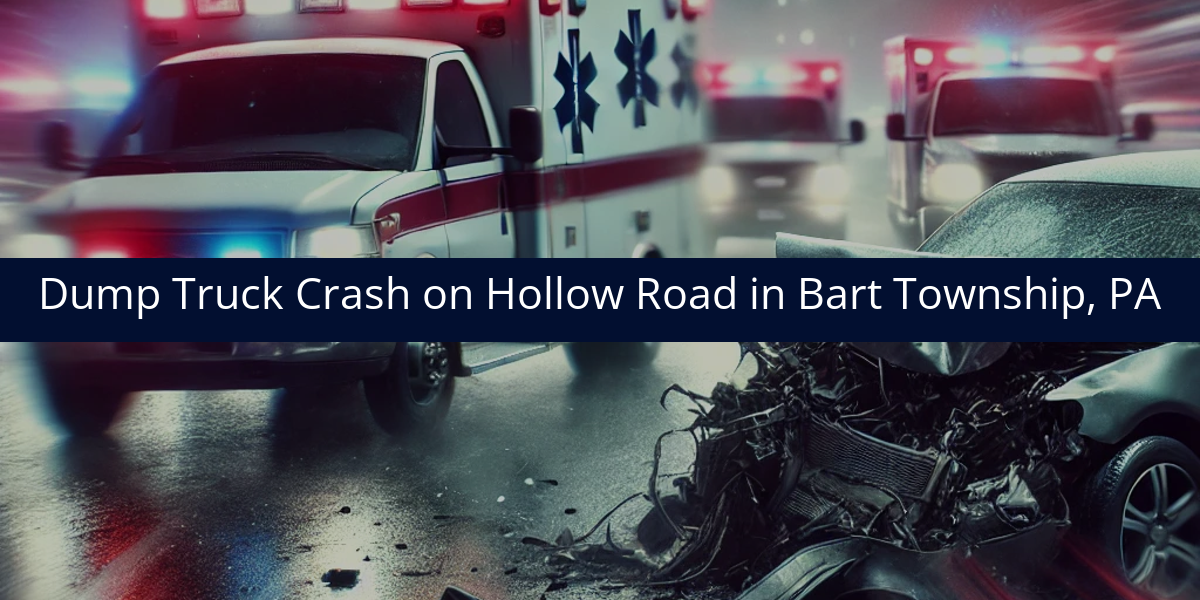Officials reported that one person was killed early Tuesday morning in a crash involving a garbage truck and a tractor-trailer on Interstate 24 near mile marker 33 in Joelton. According to authorities, the crash occurred just after midnight in the westbound lanes. Both vehicles sustained significant damage The cause of the crash remains under investigation.
Collisions between two large commercial vehicles often involve complex mechanical and operational factors. Determining how the garbage truck and tractor-trailer came into contact will be central to understanding what led to this fatal crash.
What Investigators Will Work to Determine
Investigators will begin by establishing the movements of both vehicles prior to the impact. They will assess whether one of the drivers was merging, stopped, or traveling below highway speed when the other approached. Reviewing traffic camera footage, skid marks, and witness accounts will help clarify whether following distance, reaction time, or mechanical failure contributed to the collision.
Authorities will also examine each driver’s work schedule and compliance with hours-of-service regulations. Fatigue can play a major role in late-night commercial vehicle crashes, and reviewing logbooks and electronic logging device (ELD) data will help determine whether either driver had been on duty for an extended period before the collision.
Examining Vehicle Condition and Maintenance
Mechanical inspections will be essential for both the garbage truck and tractor-trailer. Investigators will review brake condition, tire wear, and maintenance logs to confirm that both vehicles were in proper working order. If one truck experienced a mechanical failure, such as a brake imbalance or loss of steering control, that could explain why the driver was unable to avoid impact.
Investigators may also analyze whether either vehicle was overweight or improperly loaded. Excessive or unbalanced cargo can affect stopping distance and handling, particularly when large commercial vehicles share narrow highway lanes.
Evidence That Can Clarify the Sequence of Events
Each truck’s Engine Control Module (ECM) will contain valuable information such as speed, throttle position, and brake application in the seconds before the crash. This data, combined with scene evidence such as impact points and debris distribution, will allow investigators to reconstruct the sequence of events. Dash camera or surveillance footage from nearby businesses or traffic systems could further clarify how the collision occurred.
Why Thorough Investigation Is Critical
When two commercial vehicles collide, the results can be catastrophic due to their size, weight, and stopping requirements. Understanding whether driver fatigue, equipment failure, or improper operation played a role is essential to identifying what caused this crash. A complete investigation will help ensure accountability and provide answers to those affected by the fatal collision.











